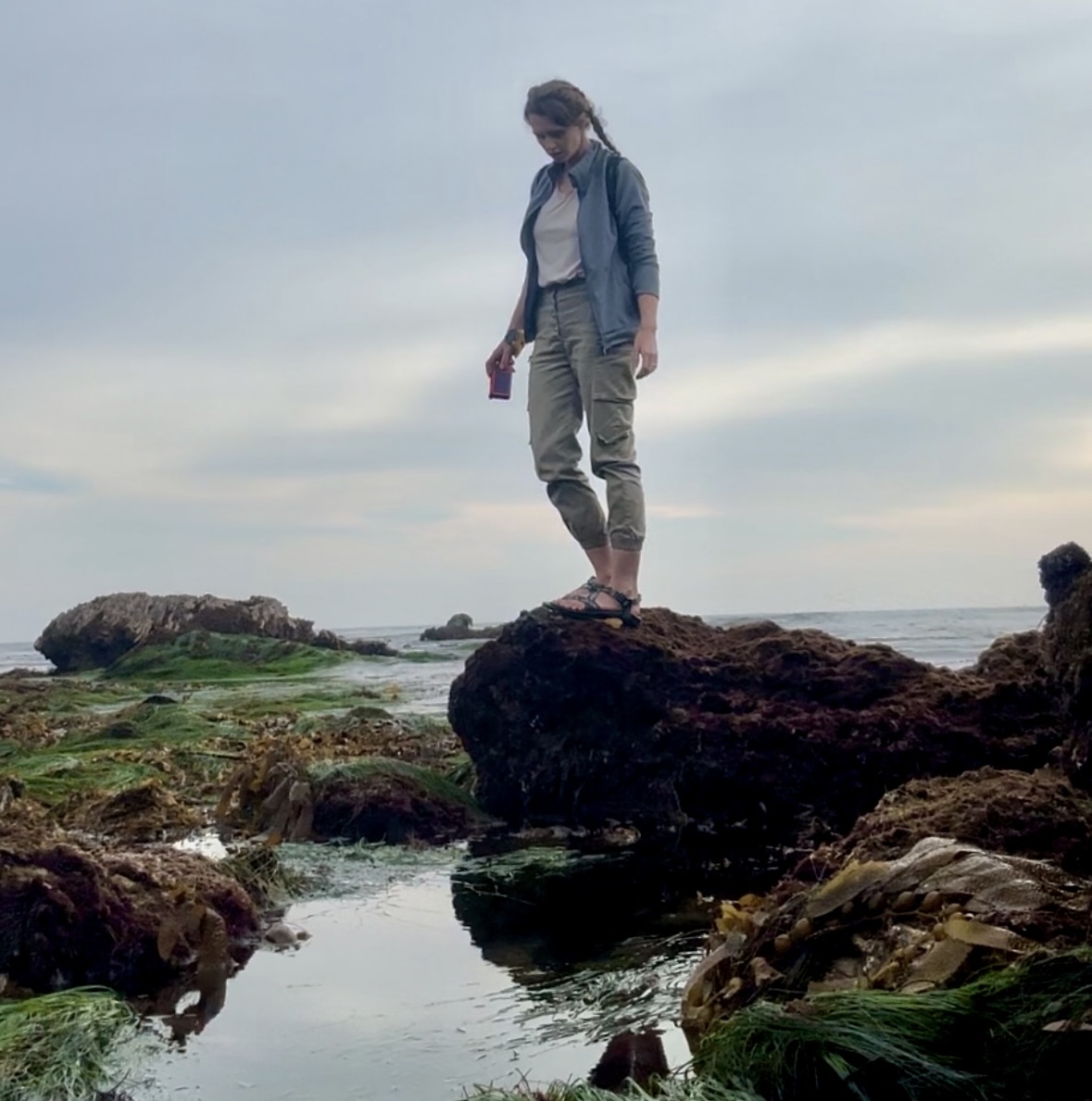Marine Invertebrate and Intertidal Terms

Tide pooling isn’t an exclusive hobby for those only with scientific knowledge. But because it deals with marine invertebrates and the ecology of the intertidal, there is plenty of science to delve into, if you want. Every scientific field has field-specific terms that are used to simplify concepts and aid in communication. Therefore, understanding scientific concepts and vocabulary can both enhance your tide pooling experience (as you will understand more) and give you words to easily describe what you see.
I try to strike a balance in this blog between accessibility, scientific precision, and my own nerdiness. But instead of defining every field-specific term in every post, this post will serve as a rolling list of marine invertebrate and intertidal field-specific terms. If you see a term in another post that you don’t recognize, you will usually be able to find it here, with a brief definition. Many of these terms are used in other fields, but I have grouped them together under sections for our purposes. Within the sections, the terms are in alphabetical order.
Intertidal Field Specific Terms
- Abiotic Features: Non-living things in a habitat: rocks, sand, chemicals suspended in the water
- Biotic Features: Living thing in a habitat: plants and animals
- Desiccation: The stress of drying out: marine invertebrates experience desiccation stress at low tides when exposed to air
- Ecosystem: All the abiotic and biotic features of a habitat and how energy is transferred between them
- Habitat: The natural place an animal or plant lives without unnatural forces acting upon it: mussels naturally live in the rocky intertidal
- Intertidal: The section of coastline that is exposed to air when the tide is low but covered with water when the tide is high
- Microhabitat: An inconsistency in substrate or other abiotic features that changes which animals can tolerate such conditions: beneath a boulder is a microhabitat
- Substrate: The material of which the bottom of the ocean is made; Sand, rock, gravel, and mud are substrates.
- Surf: Waves that move toward and break upon a coastline
- Tides: The gradual rising and falling of ocean levels that occurs in a daily rhythm, caused mainly by the gravity of the moon and the sun
- Wave shock: The stress put on plants and animals in the intertidal by the size and strength of the waves
Marine Invertebrate Field Specific Terms
- Benthic: Living on the ocean floor: a lobster is benthic. Noun: benthos
- Calcareous: Hardened with calcium; the shells of mollusks and the tubes of sessile worms are calcareous
- Carapace: Upper shell of a crustacean or other invertebrate, excluding the exoskeleton over the legs
- Chitin: A biopolymer that hardens exoskeletons; not the be confused with the mollusk group chitons
- Colonial Animal: Seemingly a single animal that is composed of tiny, often not fully independent, organisms living and functioning as a whole: Many tunicates are colonial animals
- Epibiont: An organism that lives on the surface of another living organism: a barnacle growing on a mussel is an epibiont
- Exoskeleton: A skeleton that is on the outside of an animal: crustaceans have an exoskeleton that is hardened with chitin.
- Hermaphroditic: Possessing both male and female reproductive organs: many sea slugs and flatworms are hermaphroditic
- Invertebrate: Non-scientific descriptor of animals without backbones. A mussel is an invertebrate; a bird is not.
- Keystone Species: An animal whose presence or absence defines or drastically changes an ecosystem
- Pelagic: Living in the water column or the open ocean: a sea jelly is pelagic
- Plankton: An organism that cannot swim against the current; often specifically referring to microscopic organisms
- Radula: A ribbed, tongue-like organ of most mollusks used for feeding
- Sessile: An organism that permanently attaches itself to the substrate and cannot move: a mussel is sessile
- Zooids: Individual animals that make up a colonial animal
#Marine #Invertebrate #Intertidal #Terms #Tidepooler



